In a cinematic world where stories of love and identity are often told from a singular cultural lens, My Partner, written by Filipino-American attorney Lance D. Collins, offers a refreshing and authentic narrative that intertwines the rich cultures of Hawaii and the Philippines. Set in rural Hawaii, the film not only tells a tender love story but also explores the pressing cultural, social, and environmental challenges facing the islands today.
My Partner Written by Lance D. Collins
My Partner marks a significant moment for both the cast and the setting. This marks the debut film roles of native Hawaiian Kaipo Dudoit and Filipino Jayron Muñoz. It is also the last movie filmed in Lahaina, Hawaii, before the devastating fires of 2023. The film acts as a time capsule. It preserves the spirit and struggles of a place grappling with modern pressures. Meanwhile, it is maintaining a connection to its deep cultural roots.
A Personal Project For Lance
For Lance Collins, the film is a personal project. It is one that draws heavily on his own experiences growing up in Maui. “My Partner was mostly based on personal experience or direct observation of friends and family members,” Lance reveals. The film’s characters, Pili and Edmar, navigate life in rural Hawaii, where traditional culture intersects with modern challenges. From conflicts over natural resources to the struggles of working-class youth, Lance sought to highlight the real-world issues he witnessed growing up.
One of the key elements of the film is its incorporation of the Boys’ Love (BL) genre. This genre originated in Japan and focuses on same-sex male intimacy. But for Lance, BL offers more than just a love story; it provides a unique lens to capture the nuances of intimacy within a Hawaiian cultural context. “In certain ways, BL is better suited to capture the nuances of same-sex male intimacy in Hawaii than Western LGBT storytelling,” Lance explains. BL’s focus is on relationships! Rather than the identity politics often found in Western narratives, this allows the film to explore love in a way that feels true to the characters’ environment and upbringing.
Cultural and Environmental Tensions
While love is a central theme, My Partner also sheds light on the cultural and environmental tensions in Hawaii. Lance notes that the film was originally conceived as a project to address social issues affecting West Maui. “The original purpose of this project was to tell a story that dealt with social issues facing the West Maui community—such as natural resource conflicts, struggles of working-class youth, obstacles in perpetuating native culture, and the realities of immigrant life,” he shares. The inclusion of these themes speaks to a broader conversation about the future of Hawaii. About the preservation of its land and culture in the face of external pressures. Particularly, from the luxury development and tourism industries.
This intersection of culture, environment, and identity is also reflected in the film’s soundtrack, which features traditional Hawaiian music alongside a Tagalog song. For Lance, music was a way to connect both cultures in a way that felt natural and authentic. “We tried to reflect the complex and dynamic soundscape of Hawaiian music in the film,” he explains, adding that much of the soundtrack comes from albums he produced, including Lei Nāhonoapiʻilani: Songs of West Maui and Kāwili. The inclusion of a Tagalog song, written by cast member Charieze Cacayorin, who also plays Maymay, further emphasizes the cultural bridge the film seeks to create.
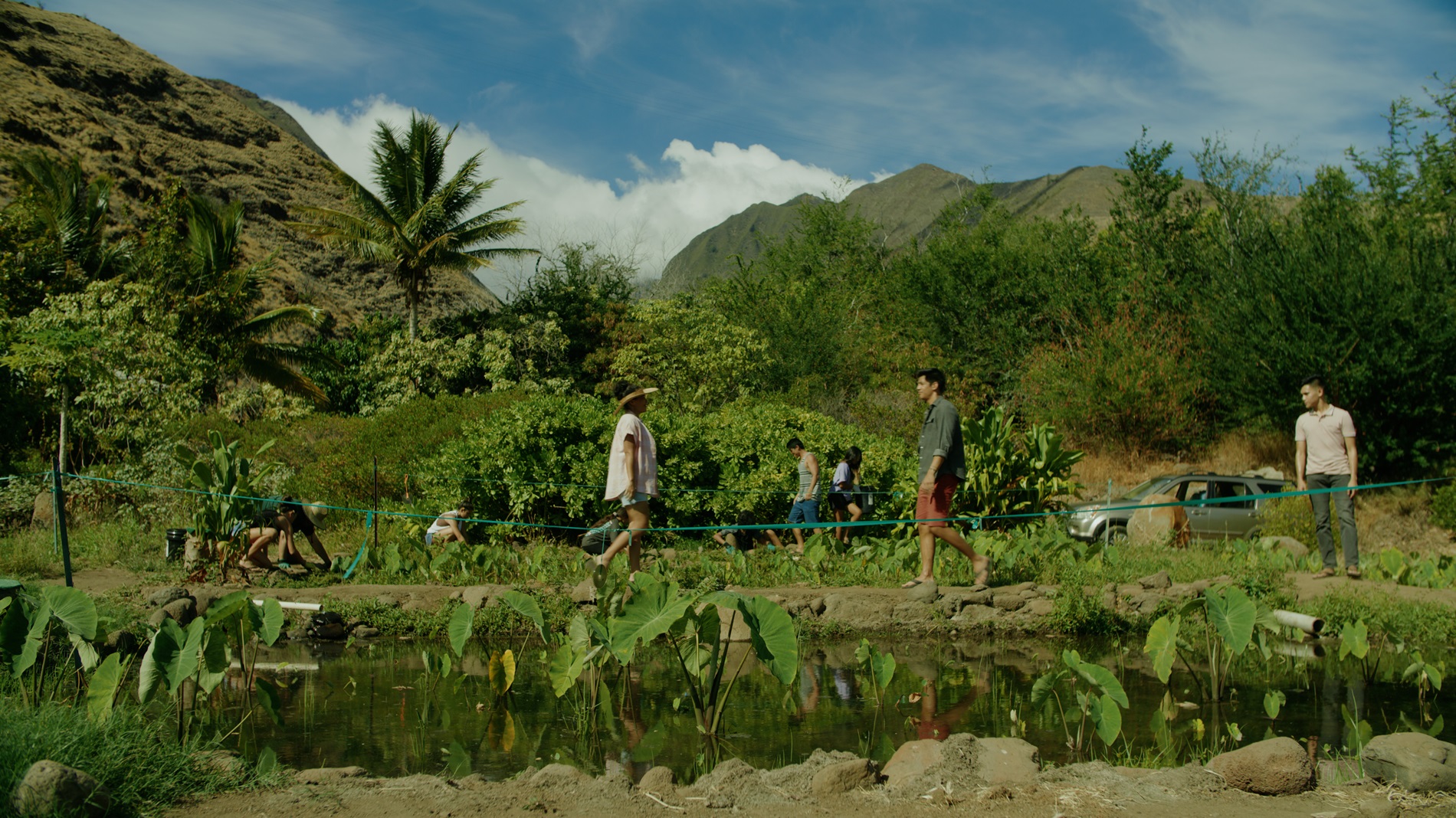
Importance of Cultural Solidarity
Beyond the love story between Pili and Edmar, My Partner tells a deeper story about the importance of cultural solidarity. Hawaii, with its history of racial tension on sugar plantations, has long been a place where different cultures have come together—often through struggle—to create something greater. Lance reflects on this history: “The sugar plantations used racial hatred and antagonisms for decades to keep workers from banding together…but when the workers overcame that strategy and came together in Hawaii, it was the beginning of the end of the minority-white political and economic system that profited from exploiting largely non-white workers.”
Today, these tensions have re-emerged in new forms, particularly around natural resources and land development. “Luxury development and tourism hold a tremendous amount of control over Hawaii’s natural resources, putting different parts of the working class into conflict with each other,” Lance notes. Through the film, he hopes to show that education, understanding, and solidarity are essential tools in overcoming these divisions—just as they were in the past.
Story of Love and Connection by Lance
Despite its weighty themes, My Partner remains at heart a story of love and connection. Lance hopes that viewers will come away from the film with a deeper understanding of Hawaii’s cultural complexities. Also, with the importance of preserving both its natural environment and its heritage. “My Partner is about the love we have for our cultures, our histories, and our communities,” he says. It is this love that Lance believes will ultimately help the people of Hawaii—and communities worldwide—face the challenges ahead.
My Partner will be available on major streaming platforms beginning September 24th! It offers audiences around the world a chance to experience a story that is as much about finding personal love as it is about preserving cultural identity. For Lance Collins, it’s a story that reflects the soul of Hawaii and the struggles—and joys—of living in a place where the past and present are always in conversation.
Photo Credit: KSG Films



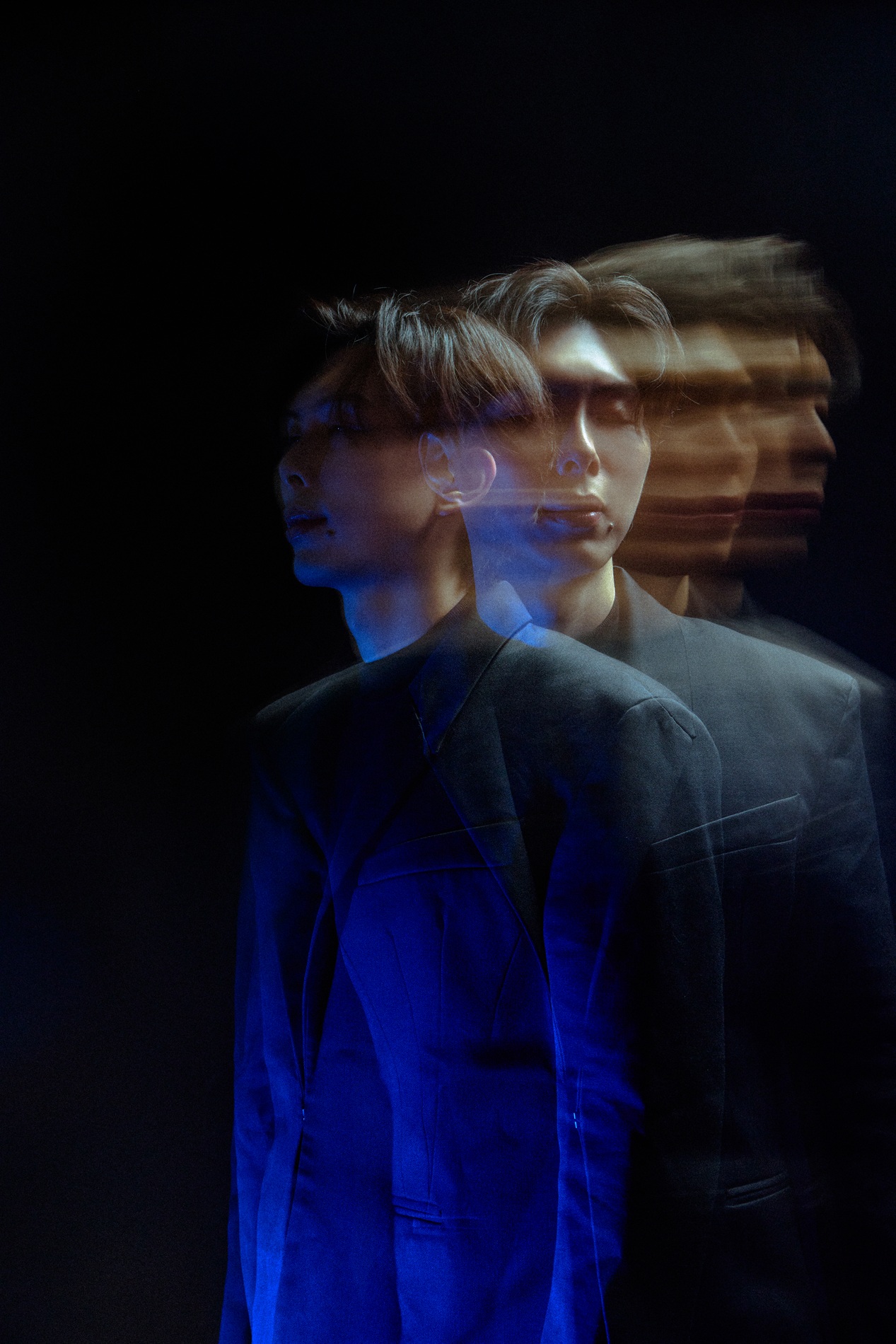
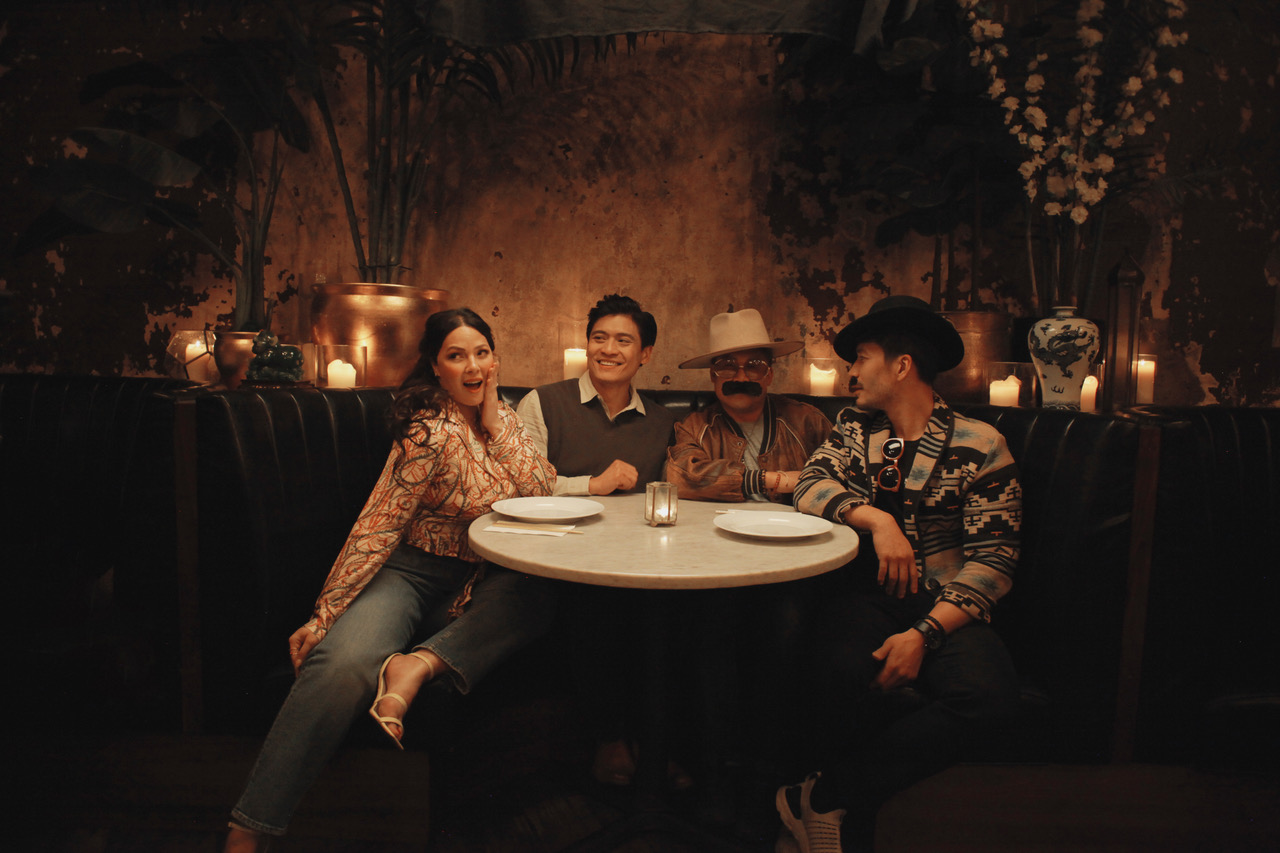
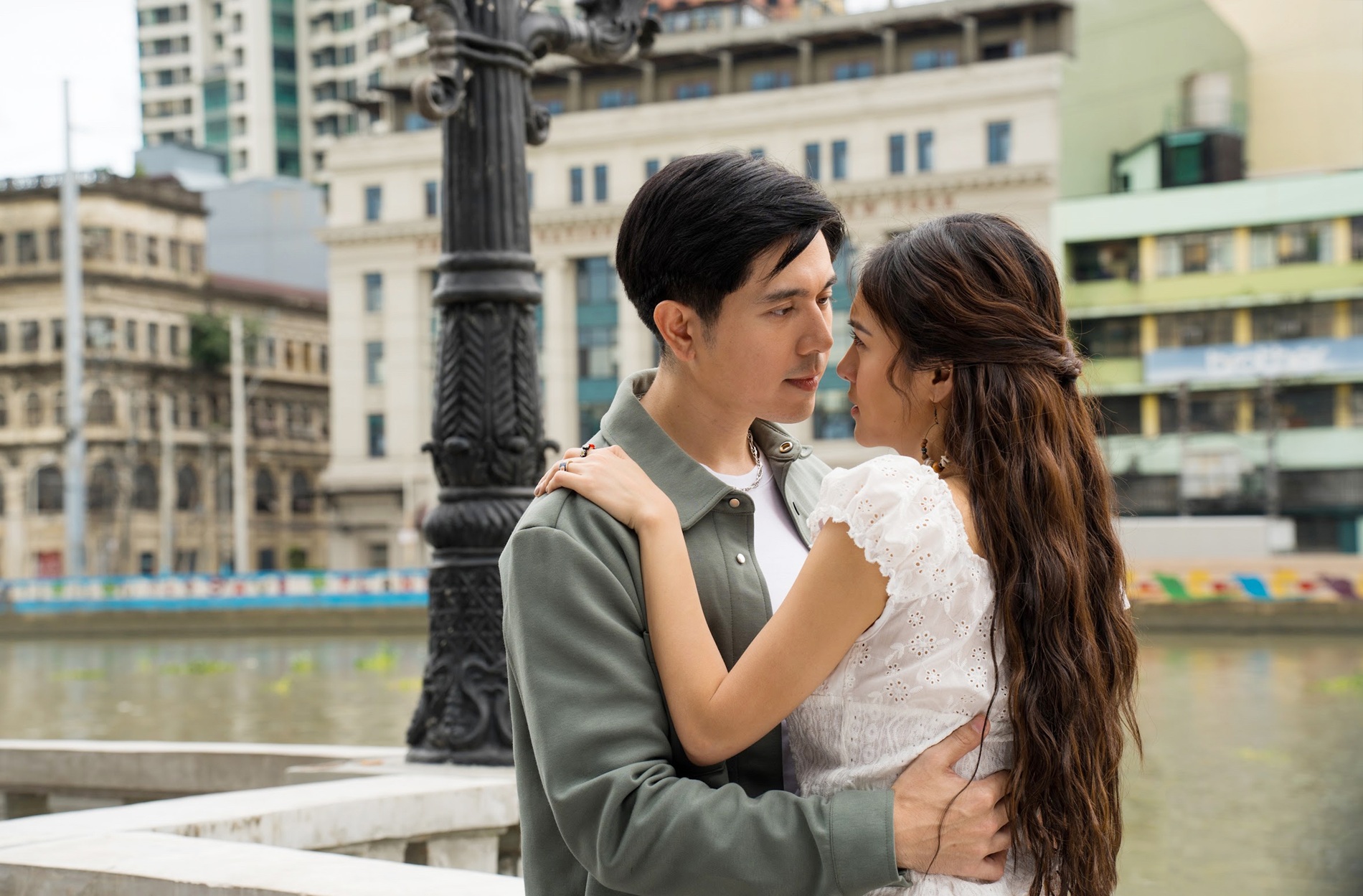
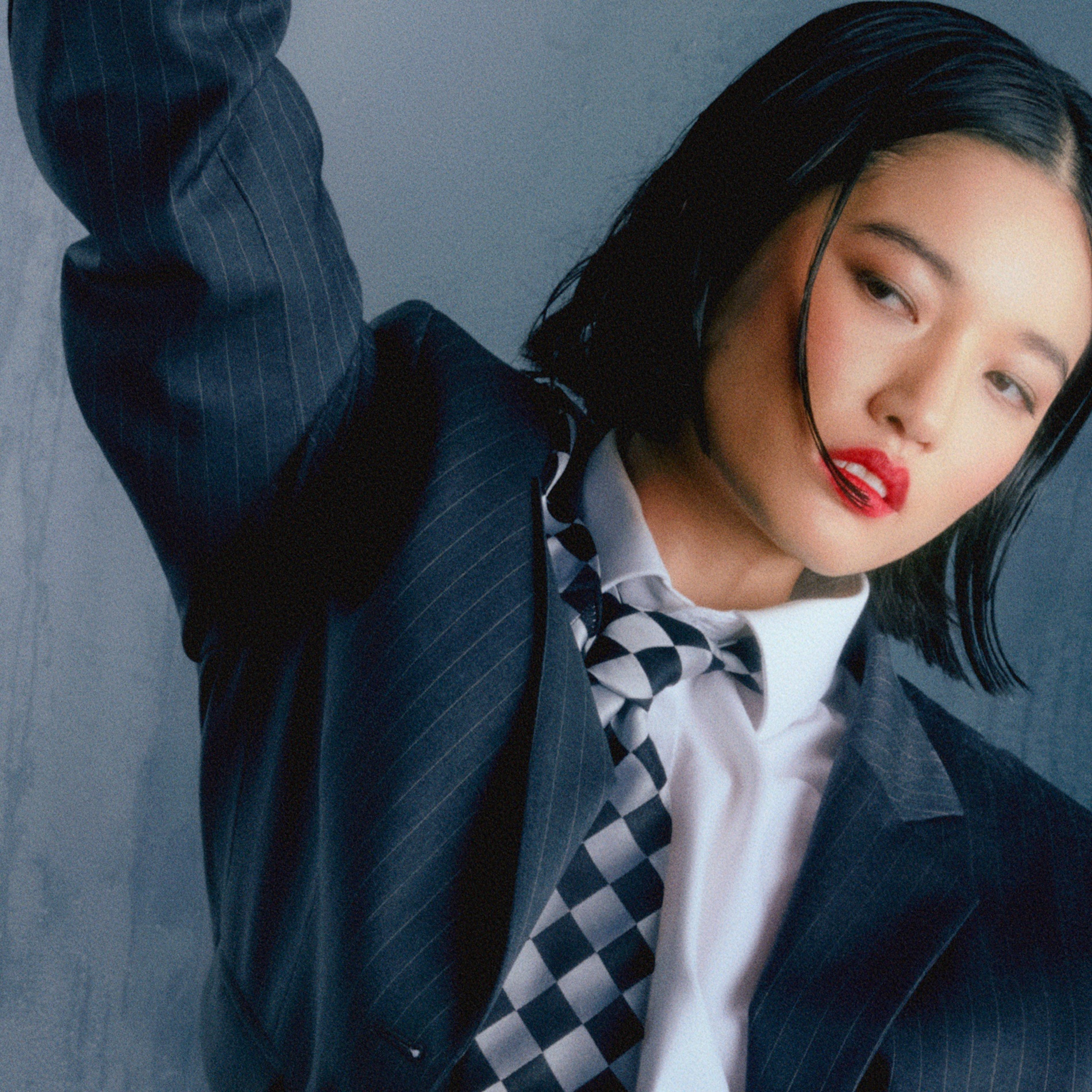
One thought on “Exploring Cultural Identity and Love in My Partner: An Interview with Lance D. Collins”